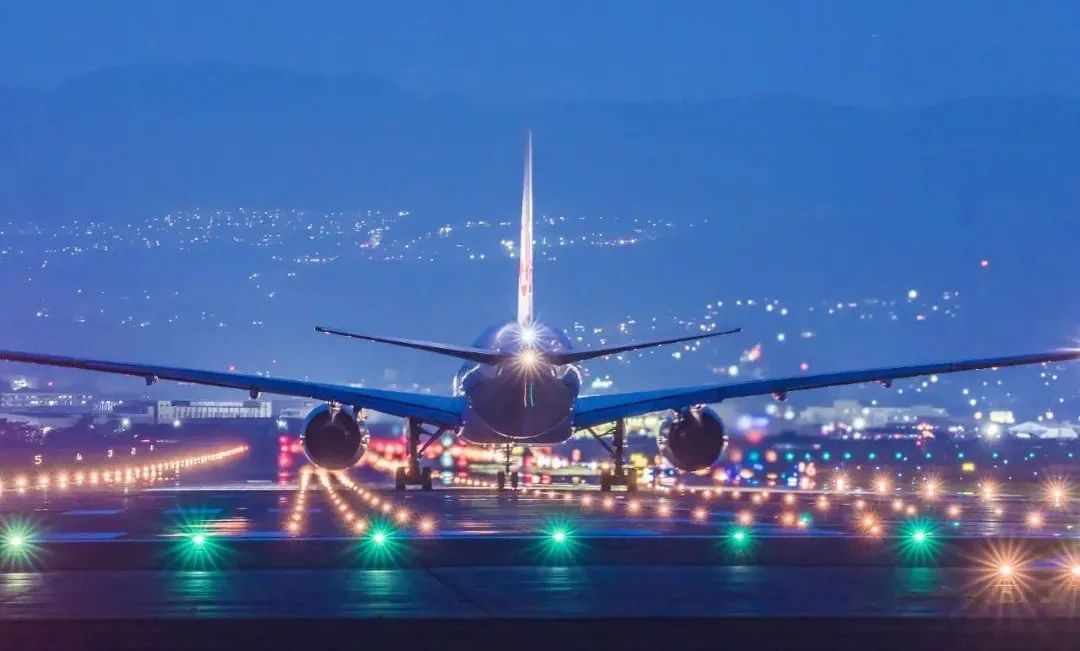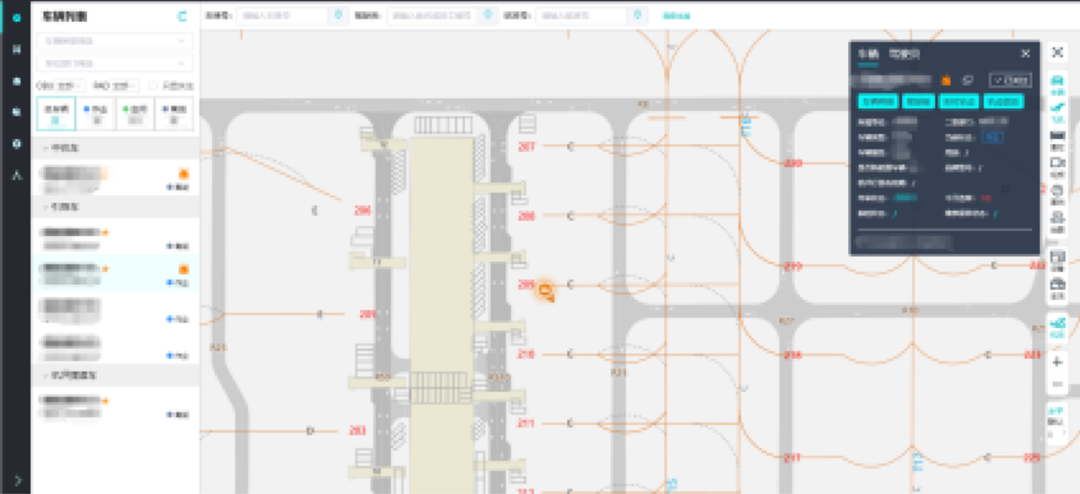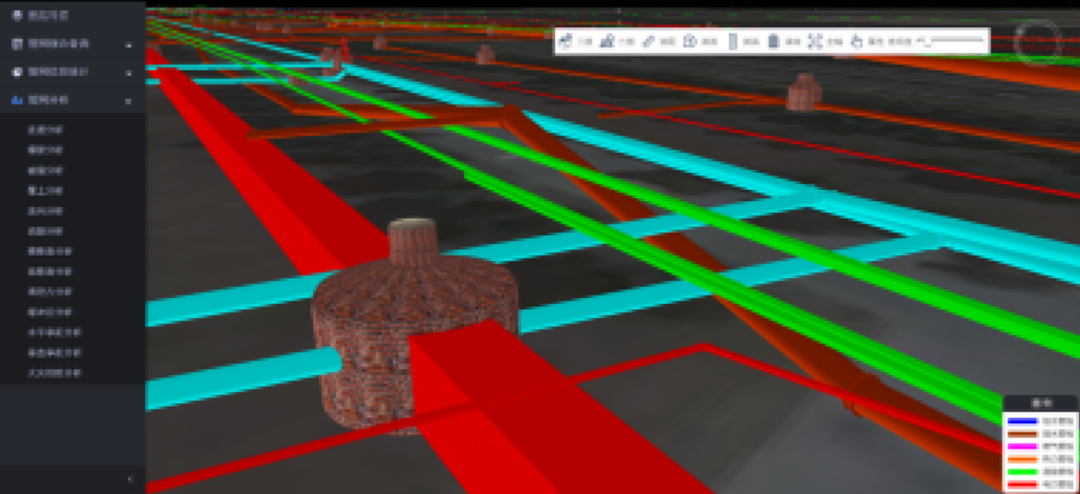
In recent years, GIS technology has become requisite to airport construction and running: Smart construction utilizing BIM+GIS in the construction process and intelligent operation utilizing GIS+IoT in the subsequent airport running, which contributes to making the airport building "safe, green, intelligent and humanistic".
The Fuxia Airport GIS Platform project undertaken by SuperMap was put into operation a few days ago. (Fuxia Airport is short for Fujian Airport and Xiamen Airport)
1. Unify data standards and build smart airports
The smart airport geographic information platform is developed and constructed based on the SuperMap GIS platform, and integrates several key technologies such as the Internet of Things, BIM, high-precision positioning, 2D and 3D integration, and GEO-ESB.
The platform is based on the core business of airport engineering management and asset, facility and equipment operation management. Based on the integration of airport engineering drawings and geographic information data, the platform adopts a “2+1+N” framework structure to build an airport engineering geographic database and it has two databases of airport engineering drawing files, and has built a standard data processing platform for data collection, sorting, database building and management.
The platform achieves the unified management of geographic information data, improves the accuracy of geographic information data, carries out sharing services of unified geographic information and spatial information resource, makes geographic information data interconnected, and solves the problem of spatial geographic information data islands.
2. Promote multi-source fusion and enable efficient command
The flight area operation monitoring system constructed by the platform has been integrated with A-CDM and ADS-B data, and will be connected to field monitoring radar, primary and secondary radar and other systems for convergence and integration, combined with vehicle-mounted Beidou positioning, high-precision maps, video surveillance, meteorological monitoring, flight dynamics and other data, create a “One Map” mode of airport running and command, and display dynamic object monitoring in the air and on the surface of the airport in real time.
By connecting with various application systems of the airport, the platform uses big data to analyze and summarize, which enables platform management.
3. Optimize management and maintain apron safety
The apron vehicle tracking system built on the platform comprehensively utilizes Beidou+GPS high-precision positioning technology, high-precision map technology, position difference technology, 4G/5G wireless communication, etc., to provide users with new, transparent, visual, real-time, interactive, vivid vehicle operation management service.
The system can monitor the speed limit, height limit, and prohibition of vehicles, analyze and judge the violation of the vehicle, remind the management personnel to take relevant measures, enhance the perception of the operating environment of the apron, and standardize the driver’s work. In this way, the apron vehicles can run safely and efficiently, reduce the accident rate, and improve the management and control ability of the apron.

Apron running on “One Map”
As an application terminal for vehicle operation violation warning, route navigation and other functions, the onboard Pad terminal can be used as the driver’s “assistant” to remind the front height limit, speed limit, dangerous approach and other information through voice during the driving process, providing quick search for parking spaces, route navigation, etc.

Onboard Pad navigation interface
4. Intelligent pipe network maintenance
The integrated pipe network management system constructed by the platform uses geographic information, database technology, image processing technology and visualization technology to visually display the spatial level and location of underground pipelines, and visualize the buried depth, material, shape, direction and surrounding environment of underground pipelines.
In order to meet the needs for precise management of pipelines, a pipeline inspection APP will be launched in the future, which supports pipeline inspection, maintenance, abnormal status reporting, dispatching maintenance, and closed-loop verification through mobile devices, and achieve the integration of above-ground and underground, intelligent precise management.

Integrated pipe network management system interface
After this, Fuzhou and Xiamen airports will conduct in-depth data mining based on the integration, fusion, sharing and application system of spatial entity information resources according to the implementation progress of the airport construction in the two places, combined with the data of the existing geographic information platform, and provide GIS data platform foundation for the new airport construction
In the second phase of construction in the future, we will use technologies such as visual simulation, BIM+GIS, and VR to build a full-life-cycle GIS data management platform that integrates air, space and ground, enables dynamic visual operations and intelligent command and decision-making, and further promotes the sustainable development of application construction of Fuzhou and Xiamen airports.
The construction of the airport geographic information platform provides the airport with a unified geographic information management tool and geographic information base, and provides a visual foundation for the construction and operation of the new airport. The capabilities of the GIS platform can support the construction of the VR immersive experience system, allowing airports to make good use of geographic information data, which is not only more practical, but also more intelligent, more technological and more futuristic.
Author: Wang Yuanbo, Zhang Jiandong SuperMap Smart Park Engineering Center